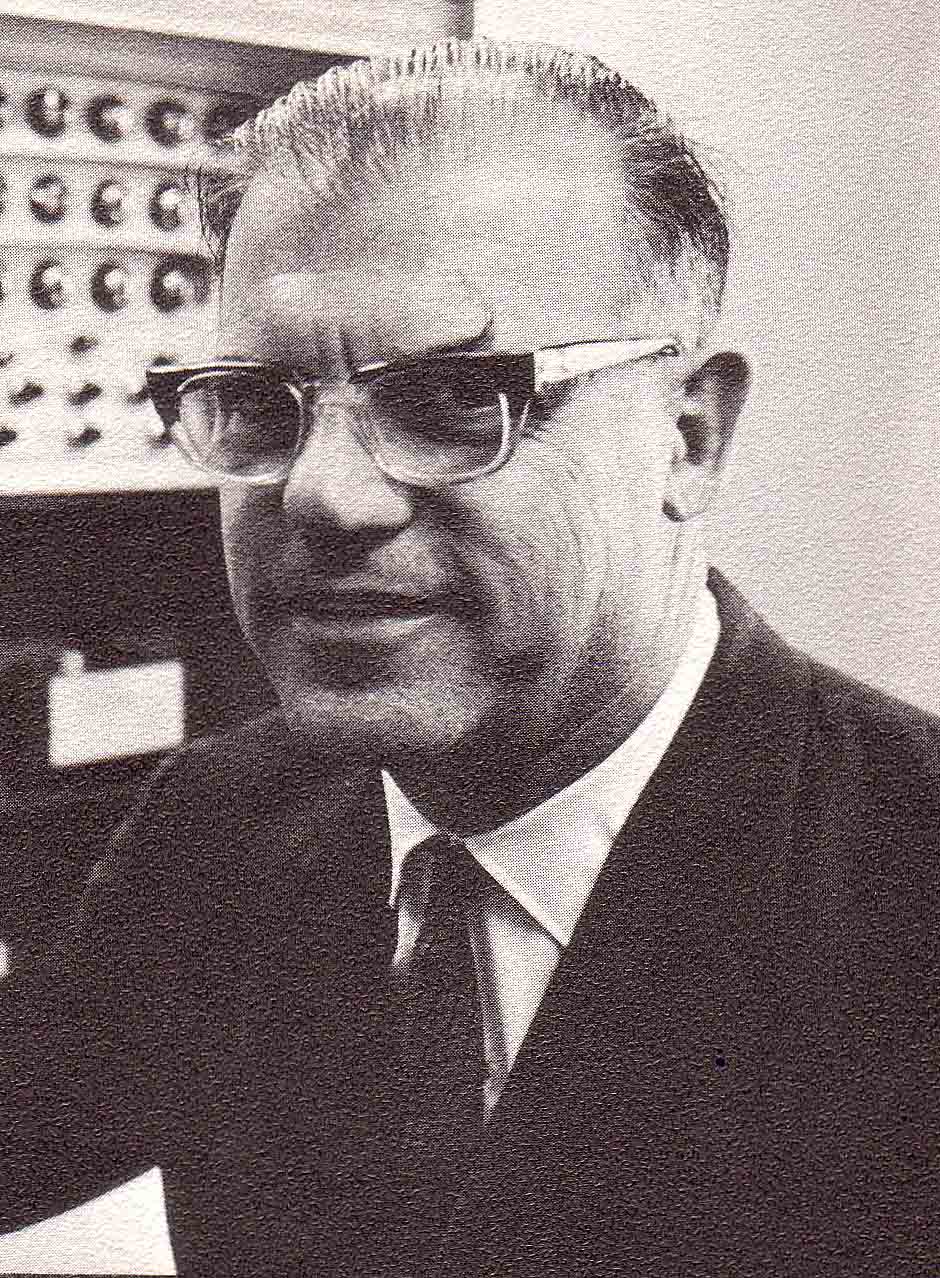- Sidney W. Fox
Infobox Scientist
name = Sidney Walter Fox
box_width =
image_width =150px
caption = Sidney Walter Fox
birth_date =24 March 1912
birth_place =Los Angeles
death_date =10 August 1998
death_place =
residence =
citizenship =
nationality =
ethnicity =
field = biochemist
work_institutions =
alma_mater =
doctoral_advisor =
doctoral_students =
known_for =microspheres
author_abbrev_bot =
author_abbrev_zoo =
influences =
influenced =
prizes =
religion =
footnotes =
Sidney Walter Fox (24 March 1912 -10 August 1998 ) was aLos Angeles -born biochemist responsible for unique discoveries in the autosynthesis of protocells.Education and early career
Fox completed his undergraduate studies in
chemistry at UCLA. After a brief stint working as a technician forMax Bergmann at theRockefeller Institute andUCLA , he returned toCalifornia to complete a PhD at Caltech. During Fox's studies at Caltech, he worked with Hugh Huffman, T.H. Morgan, and as a postdoc underLinus Pauling .During
World War II , Fox participated in work to isolatevitamin A from shark livers; the compound was used to enhance the night vision of pilots. In1941 he established aprotein chemistry laboratory at theUniversity of Michigan medical school; in1942 he researched fish meal protein for an Oakland company. In 1943 he published a review article that lay the foundation for protein sequencing and synthesis.Professor
In
1943 Fox was granted his first academic position atIowa State College .In
1955 Fox assumed the directorship of the Oceanographic Institute atFlorida State University . Shortly thereafter he published–with Joseph Foster—his first textbook.Beginning in
1964 , Fox served as director of the Institute for Molecular and Cellular Evolution (IMCE) at theUniversity of Miami . During this time, his laboratory was involved in studying some of the firstmoon rocks brought back by the Apollo missions.After more than three decades in Florida, Fox moved to
Southern Illinois University in1989 , and then on to theUniversity of South Alabama in1993 .Microspheres
Arguably Sidney Fox's best-known research was conducted in the 1950s and 1960s, when he studied the spontaneous formation of protein structures. His early work demonstrated that under certain conditions
amino acid s could spontaneously form small peptides—the first step on the road to the assembly of large proteins. The result was significant because his experimental conditions duplicated conditions that might plausibly have existed early in Earth's history.Further work revealed that these amino acids and small peptides could be encouraged to form closed spherical membranes, called "
microspheres ". Fox has gone so far as to describe these formations as "protocells", protein spheres that could grow and reproduce. They might be an important intermediate step in theorigin of life . Microspheres might have served as a stepping stone between simpleorganic compound s and genuine living cells.Family
In 1937, Fox married Raia Joffe; they remained together until his death. They have three sons: Lawrence, Ronald, and Thomas.
Publications
*Sidney W. Fox and Joseph F. Foster. "Introduction to Protein Chemistry". Wiley, 1957.
*Fox, S.W., 1965. "Simulated natural experiments in spontaneous organization of morphological units from protenoid." In The Origins of Prebiological Systems and Their Molecular Matrices, S.W. Fox (ed), New York: Academic Press, pp. 361-382.
*Fox, S.W., 1980. "The origins of behavior in macromolecules and protocells." Comparative Biochemistry and Physiology 67B: 423-436
*Fox, S.W., 1988. "The Emergence of Life: Davwinian Evolution from the Inside." New York: Basic Books.External links
* [http://www.siu.edu/~protocell USA scientist credited with discovering life's origins ]
Wikimedia Foundation. 2010.
